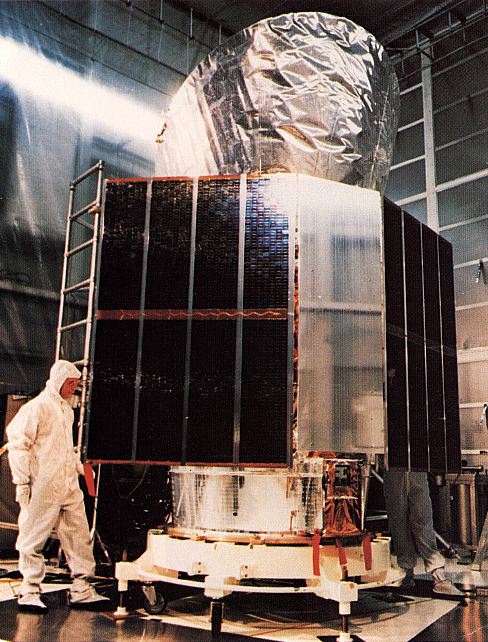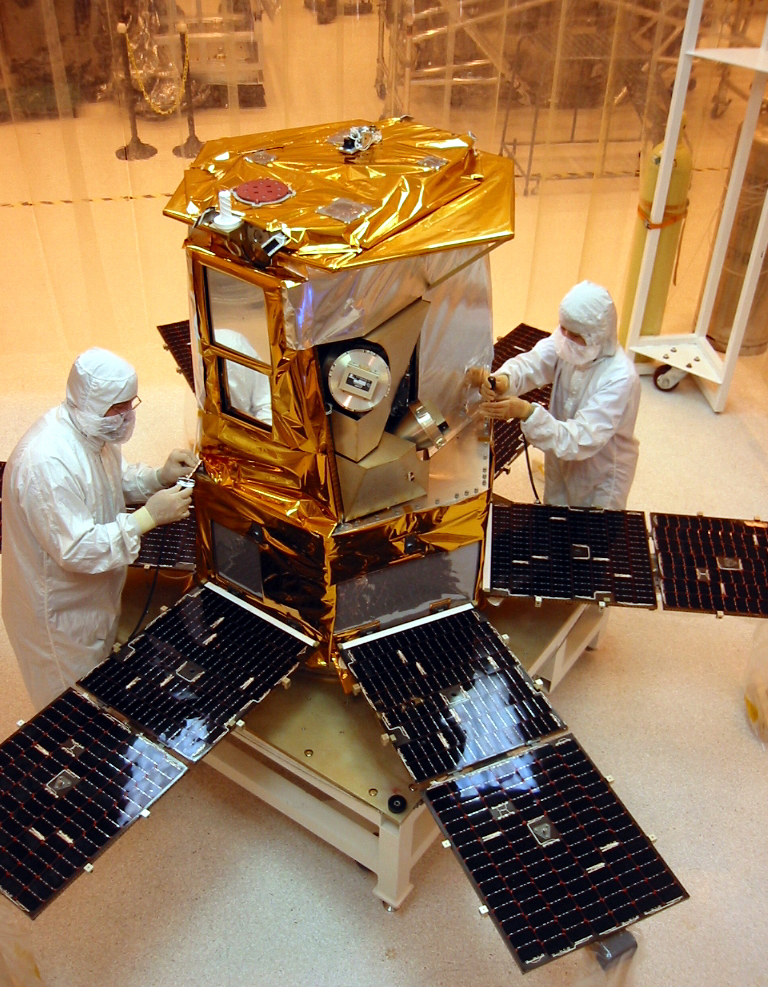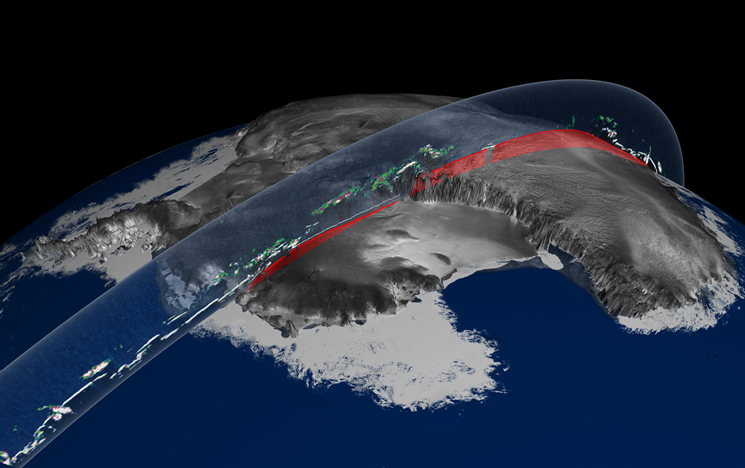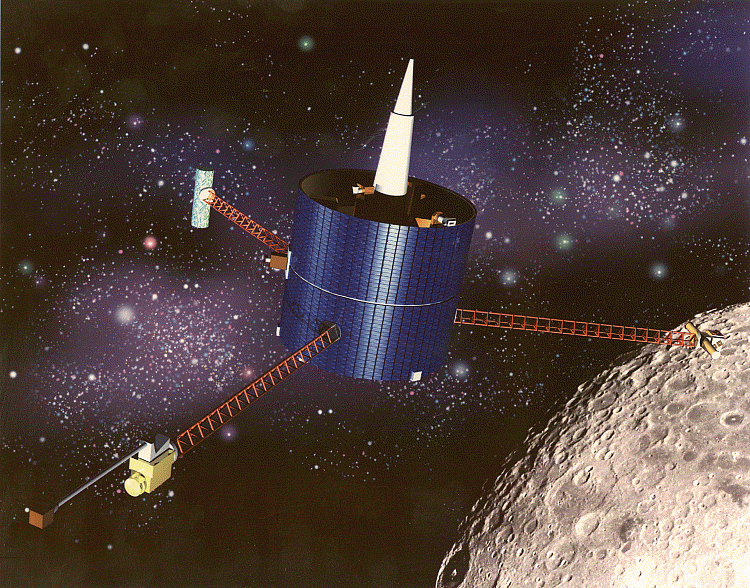Ten years ago today — December 29, 2002 (GMT) — the Nimiq 2 communications satellite launched from the Baikonur Cosmodrome atop a Proton rocket. Before that, though, it had to get there …

(Antonov AN-124 ‘Condor’ ready to on- or off-load cargo. Image by Mike Young, from Wikimedia Commons.)
Nimiq 2 was a Canadian satellite, built for Telesat by U.S. manufacturer Lockheed Martin and launched by ILS — International Launch Services — on a Russian booster. I got involved in the program as a space technology security monitor, responsible for making sure no U.S. technology or satellite design methodology was transferred to the foreign companies.
As part of the monitoring effort, I had the task of escorting the satellite from the San Jose, California, factory to Baikonur. The spacecraft was loaded onto a Russian Antonov AN-124 cargo aircraft, and I rode with it for the entire trip — including eating Thanksgiving tuna-and-crackers en route.
Because the spacecraft and its support equipment made the aircraft so heavy, we could not fly directly to Baikonur. Instead, we made the trip in several hops, stopping for fuel each time:
- San Jose to Winnipeg, Canada (1490.11 miles / 2398.1 km)
- Winnipeg to Goose Bay, Canada (1605.93 miles / 2584.49 km)
- Goose Bay to Shannon, Ireland (2118.3 miles / 3409.07 km)
- Shannon to Ulyanovsk, Russia (2320.05 miles / 3733.76 km)
- Ulyanovsk to Baikonur (909.67 miles / 1463.98 km)
Most of the stopovers were short, except for the stop in Shannon where the aircrew enjoyed the RON (rendezvous overnight) in a local hotel while I got to stay aboard the aircraft with the satellite. So much for my first trip to Ireland! I never strayed from the tarmac at the Shannon airport.
Once we arrived at Baikonur, I spent the early part of December 2002 observing the launch preparations, including mating the satellite to the Proton rocket and enclosing it in the payload fairing. Some of that experience went into my short story, “The Rocket Seamstress,” which was published in the literary magazine Zahir in 2007. (The story is now available on Anthology Builder.)
I did not stay at Baikonur long enough to see the Nimiq 2 launch, however. My boss flew in to take over monitoring the final prep and the launch itself, and I flew home (via Moscow and a couple other stops) in time for Christmas. But it was good to know that I had a part in the first commercial launch of a Proton with the Breeze-M upper stage.



 by
by 
















